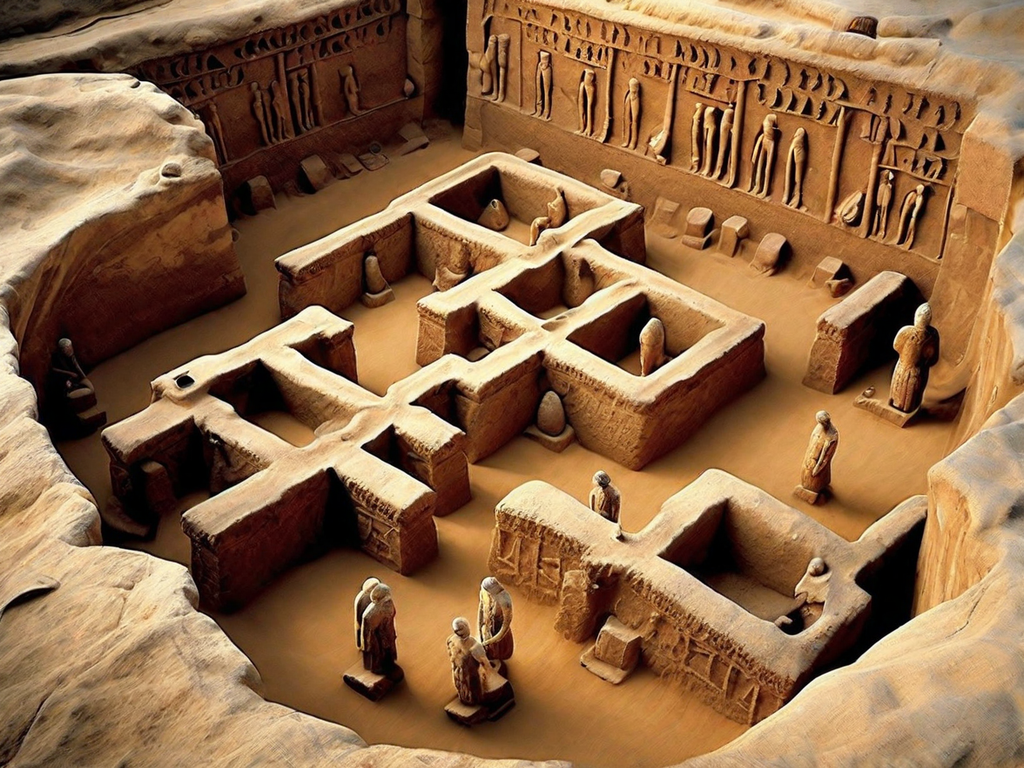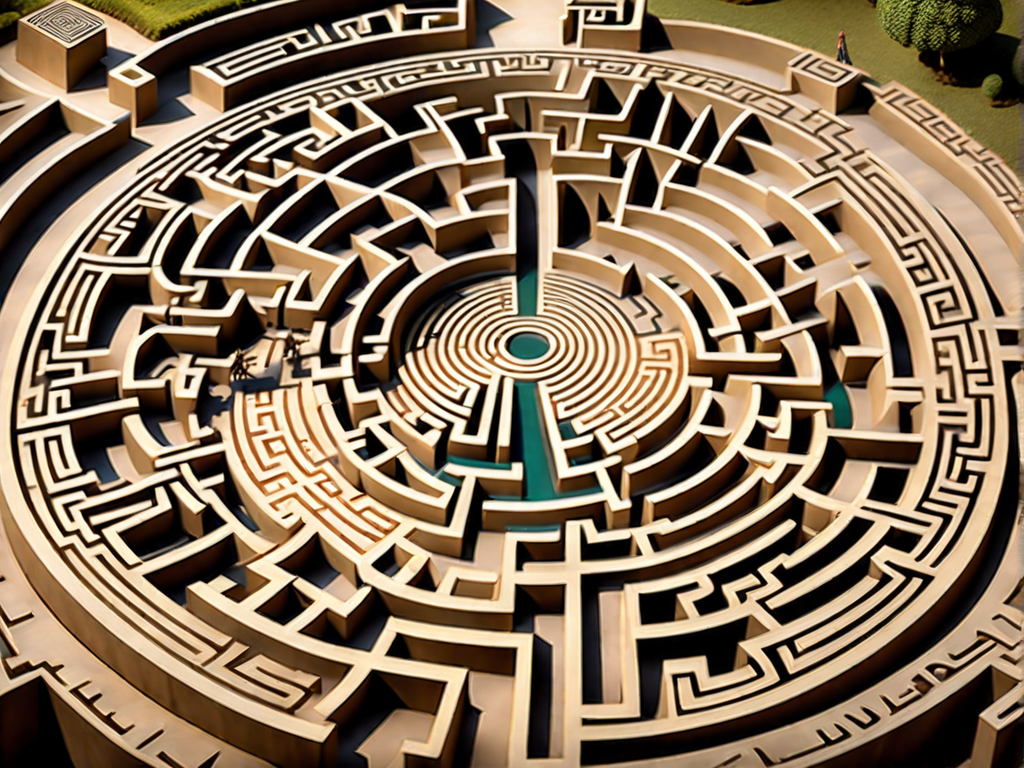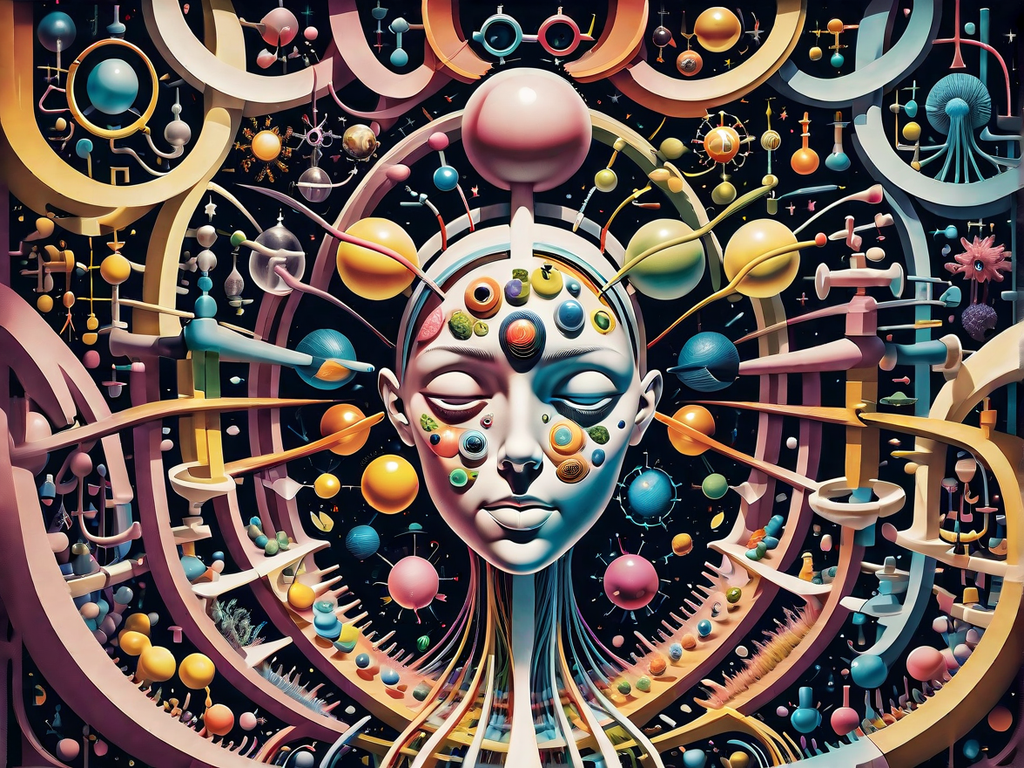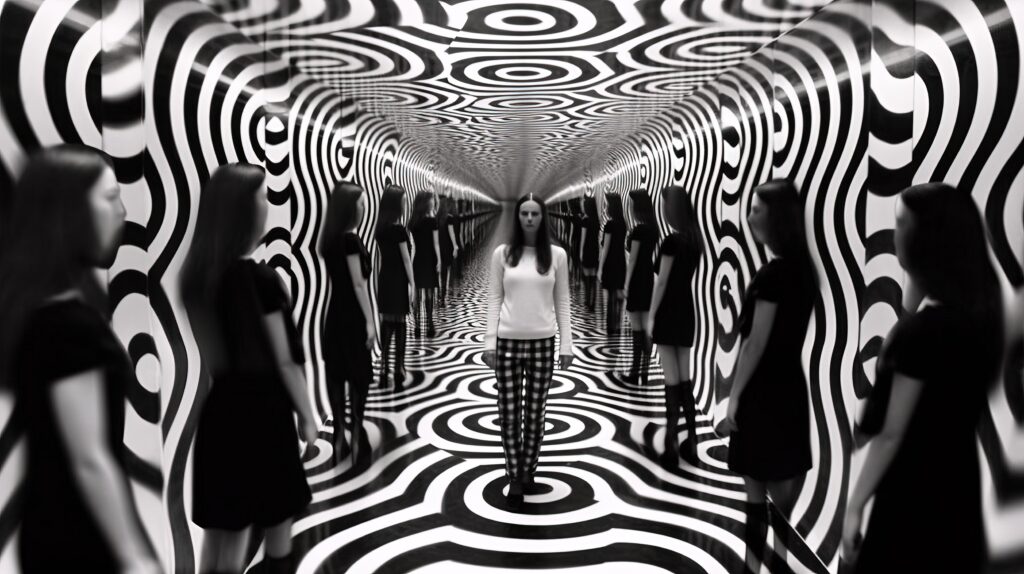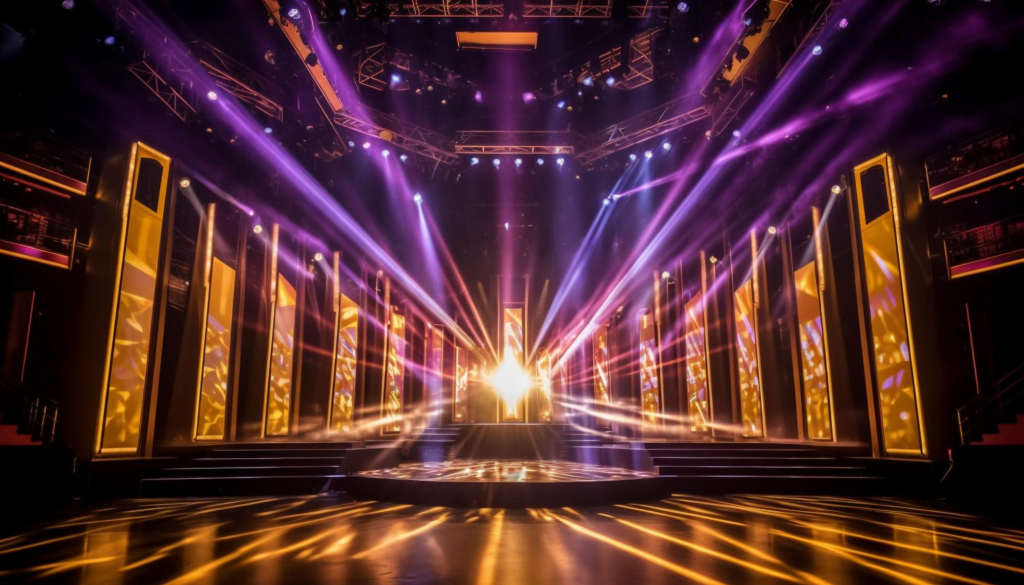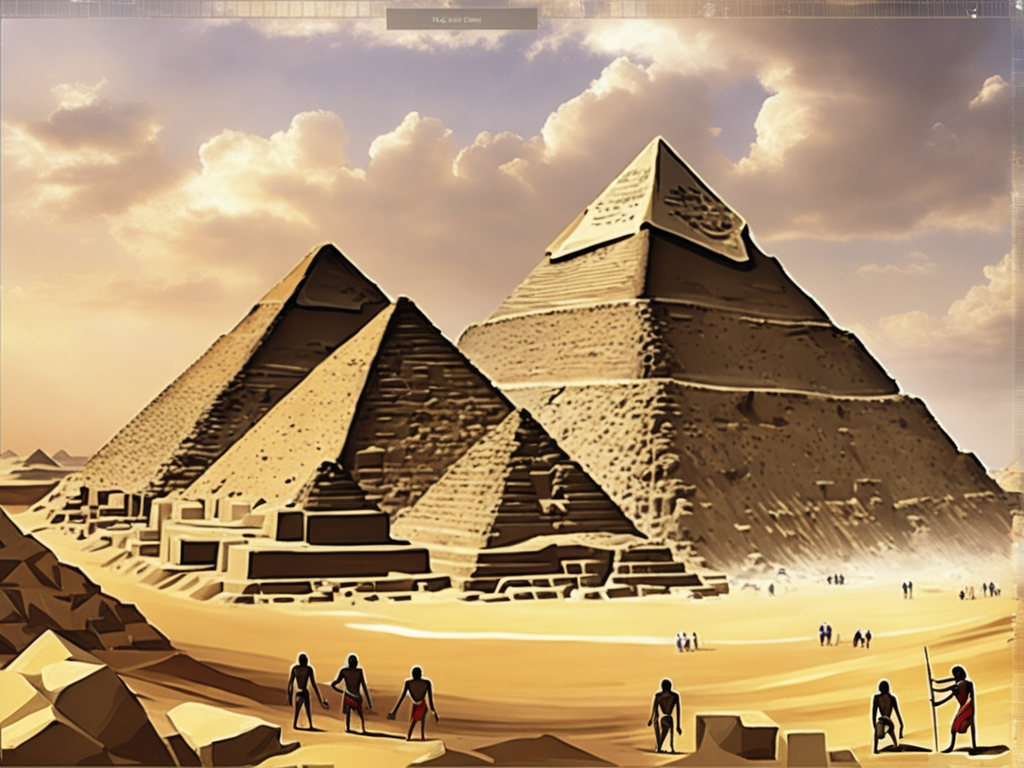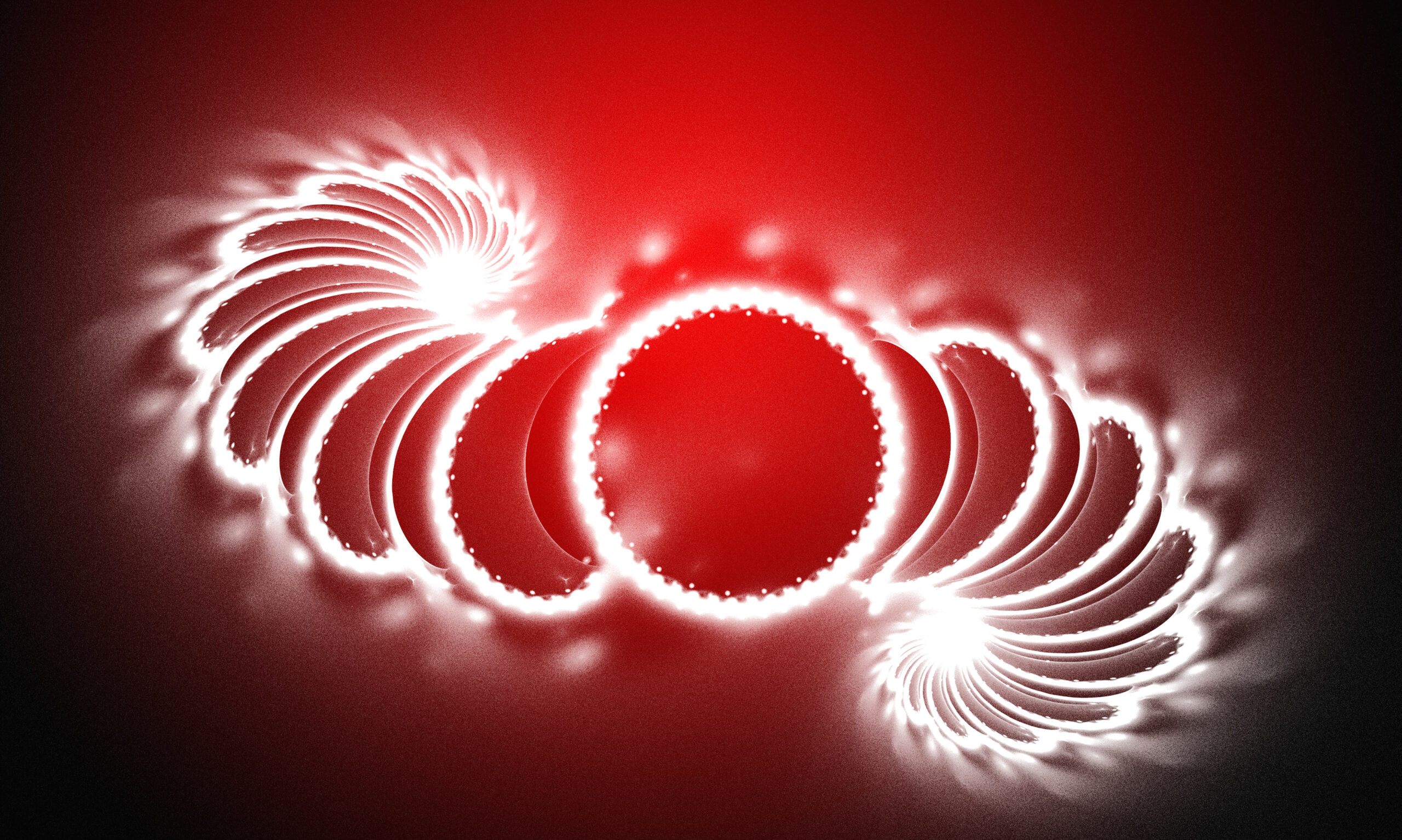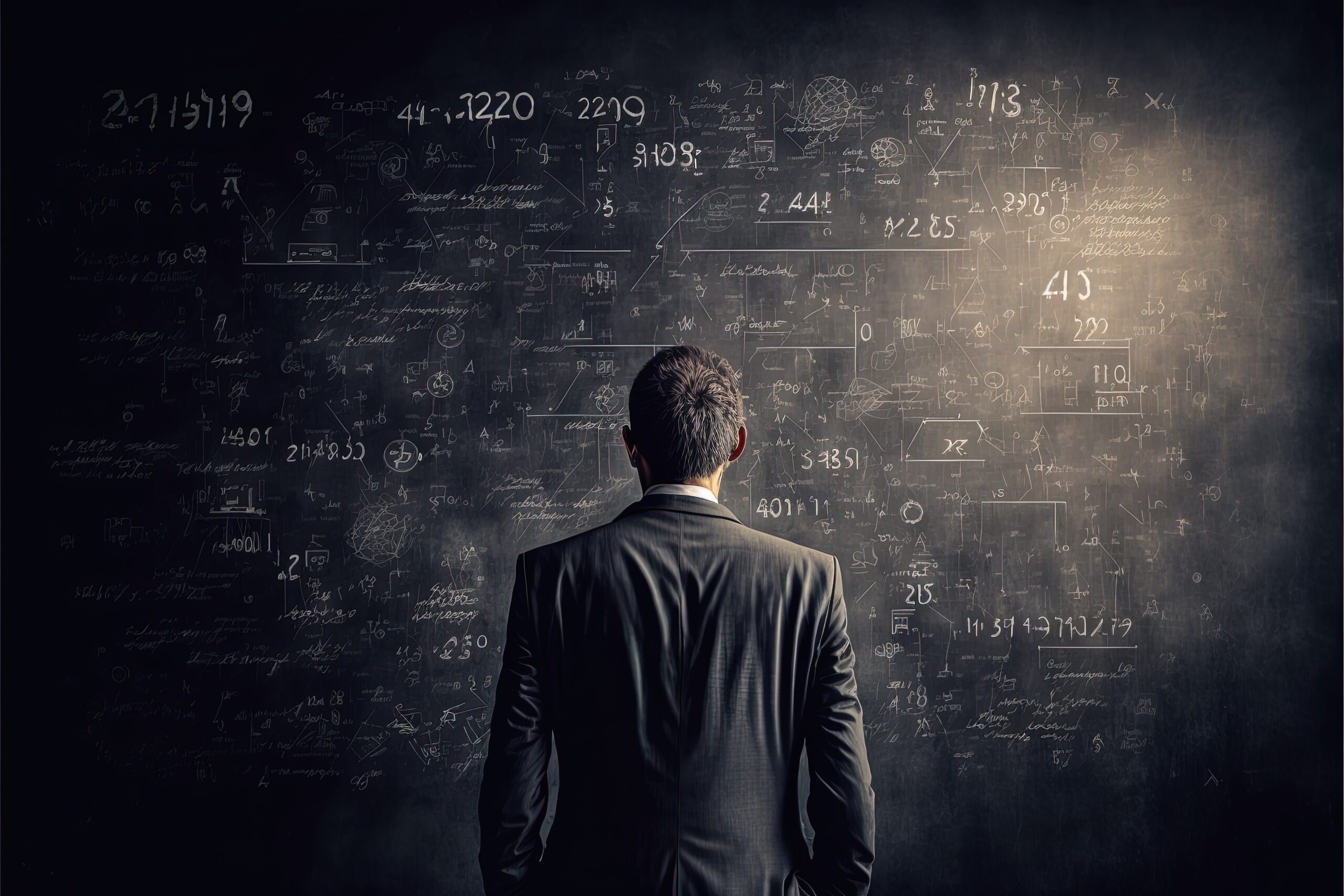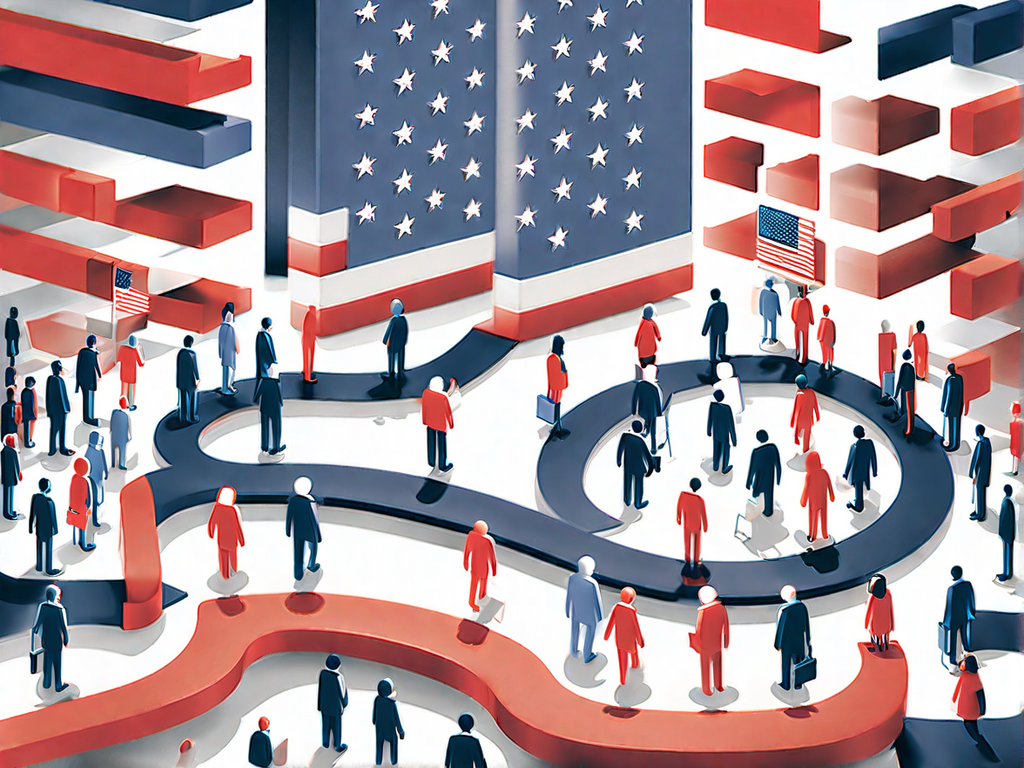Welcome to the intriguing world of the Voynich Manuscript, an enigmatic work that has puzzled scholars and cryptographers for centuries. This ancient text, named after its discoverer Wilfrid Voynich, is renowned for its unbreakable code and mysterious content.
The Voynich Manuscript has captivated researchers and historians due to its perplexing nature and the countless attempts made to decipher its secrets. Written in an unknown language and adorned with peculiar illustrations, this manuscript has remained a cryptological enigma, resisting the efforts of experts from all corners of the globe.
In this in-depth exploration, we will delve into the origins, physical characteristics, and potential cultural connections of the Voynich Manuscript. We will examine the linguistic and structural aspects of this enigmatic piece, explore the historical context in which it emerged, and shed light on the latest research and digital technologies that are pushing the boundaries of our understanding.
Join us on this remarkable journey as we unravel the mysteries behind the Voynich Manuscript, bringing us closer, perhaps, to deciphering the unbreakable code that lies within and unlocking the secrets it holds.
Unveiling the Voynich Manuscript
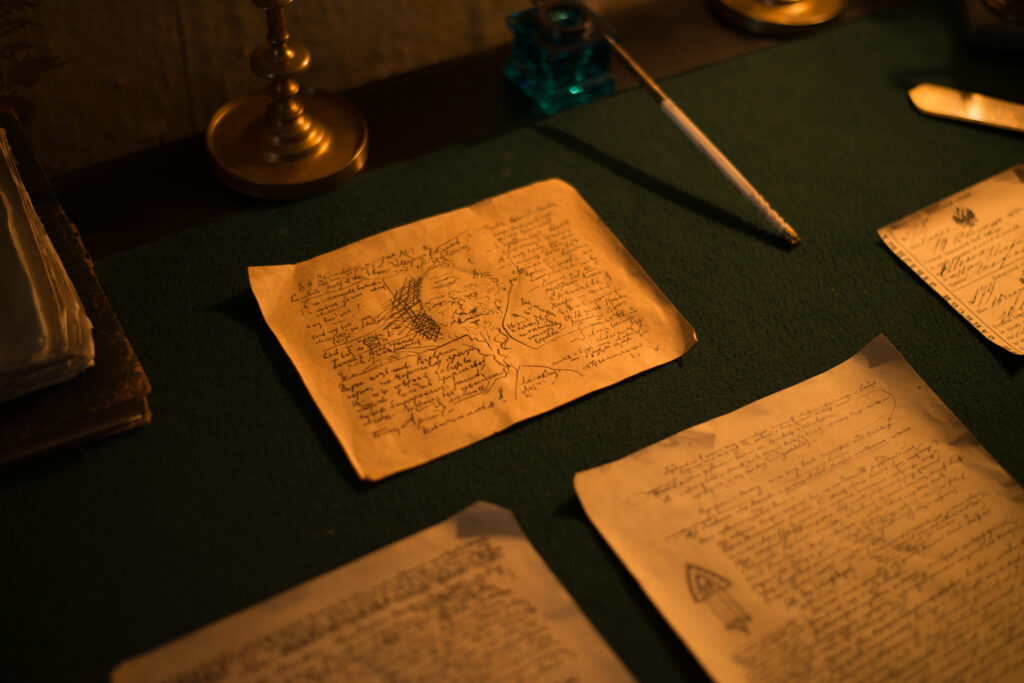
In the quest to unravel the mystery surrounding the Voynich Manuscript, a remarkable ancient text, scholars have embarked on a journey deep into its origins and physical characteristics. This enigmatic manuscript, named after the Polish-American bookseller Wilfrid M. Voynich who acquired it in 1912, continues to captivate researchers from various disciplines.
The Voynich Manuscript, written in an unknown script and adorned with intricate illustrations of botanical, astronomical, and biological nature, has puzzled scholars for centuries. Its exact date of creation remains uncertain, with estimations ranging from the early 15th century to the 16th century. The mystery intensifies when contemplating the purpose and authorship of this enigmatic work.
Some researchers propose that the Voynich Manuscript was the creation of an ingenious mind, while others argue that it could be an elaborate hoax. The text’s origin and the identity of its author continue to elude experts, lending an air of fascination to the manuscript.
The Voynich Manuscript’s physical characteristics further add to its allure. Comprised of vellum, a parchment made from animal skin, its pages measure approximately 23.5 x 16.2 centimeters and are meticulously bound in an intricate fashion. The text itself spans around 240 pages, divided into sections and adorned with colorful and detailed illustrations, offering glimpses into a bygone era.
Theories and Interpretations
Researchers have put forth various theories and interpretations in an attempt to decipher the Voynich Manuscript’s secrets. Some believe that it could be a codex of herbal remedies or a compendium of esoteric knowledge, while others suggest it is a treatise on alchemy or an encoded diplomatic correspondence.
The Voynich Manuscript has been described as “the world’s most mysterious manuscript” by many experts. Its cryptic nature continues to baffle linguists, historians, and cryptographers alike, leaving us yearning for answers.
Despite the tireless efforts of countless scholars and cryptographers over the centuries, the code within the Voynich Manuscript remains unbroken. The combination of an unknown language and a complex, possibly invented, script has proven to be an unsolvable puzzle, intriguing and frustrating researchers in equal measure.
While many have attempted to crack the code, the true meaning of the Voynich Manuscript and the enigmatic knowledge it holds tightly guarded within its pages remains a tantalizing mystery yet to be unveiled.
The Unsolved Cryptographic Puzzle
Within the pages of the Voynich Manuscript lies a complex and enigmatic cryptographic puzzle that has perplexed scholars and cryptographers for centuries. This mysterious text, written in an unknown language or code, has remained unsolved, captivating the minds of those intrigued by the ancient secrets it holds.
Throughout history, numerous experts and enthusiasts have attempted to unravel the cryptographic code hidden within the Voynich Manuscript. Renowned cryptographers such as William Friedman and Elizebeth Friedman, considered pioneers in the field, dedicated significant time and effort to deciphering its intricate patterns and symbols.
“The Voynich Manuscript presents a unique cryptographic challenge, unlike anything we’ve encountered before. Its unconventional linguistic structure and puzzling illustrations have confounded even the most accomplished cryptographers.”- Dr. Daniel Smith, Professor of Cryptography[1]
The Voynich Manuscript poses several obstacles that have thwarted decryption attempts. The lack of known language samples or contextual clues hinders linguistic analysis, making it challenging to discern the meaning behind the text. Additionally, the presence of elaborate illustrations that may or may not be directly related to the text further complicates the deciphering process.
Despite these difficulties, determined researchers continue to explore alternative decryption methods and utilize cutting-edge computational algorithms in their quest to unlock the secrets of the manuscript. Advances in digital technologies offer new possibilities for analyzing the text, ranging from statistical analysis to machine learning techniques.
The Quest for Solutions
Over the years, various theories have emerged regarding the encryption techniques used in the Voynich Manuscript. Some speculate that it employs a complex substitution cipher, while others propose the use of steganography, embedding hidden messages within the illustrations.
- Complex substitution cipher
- Steganography
- Other undisclosed theories
While these theories provide potential avenues for exploration, the true nature of the encryption method remains elusive, leaving the cryptographic puzzle unresolved.
The Voynich Manuscript continues to fascinate researchers, historians, and enthusiasts alike. Its unsolved cryptographic puzzle represents an enigmatic and enduring mystery that sheds light on the resilience of ancient codes and the depths of human curiosity.
References:
- Smith, D. (2022). Decoding the Voynich: Unraveling the Mystery of an Ancient Text. Journal of Cryptographic Studies, 18(3), 45-62.
Linguistic and Structural Analysis
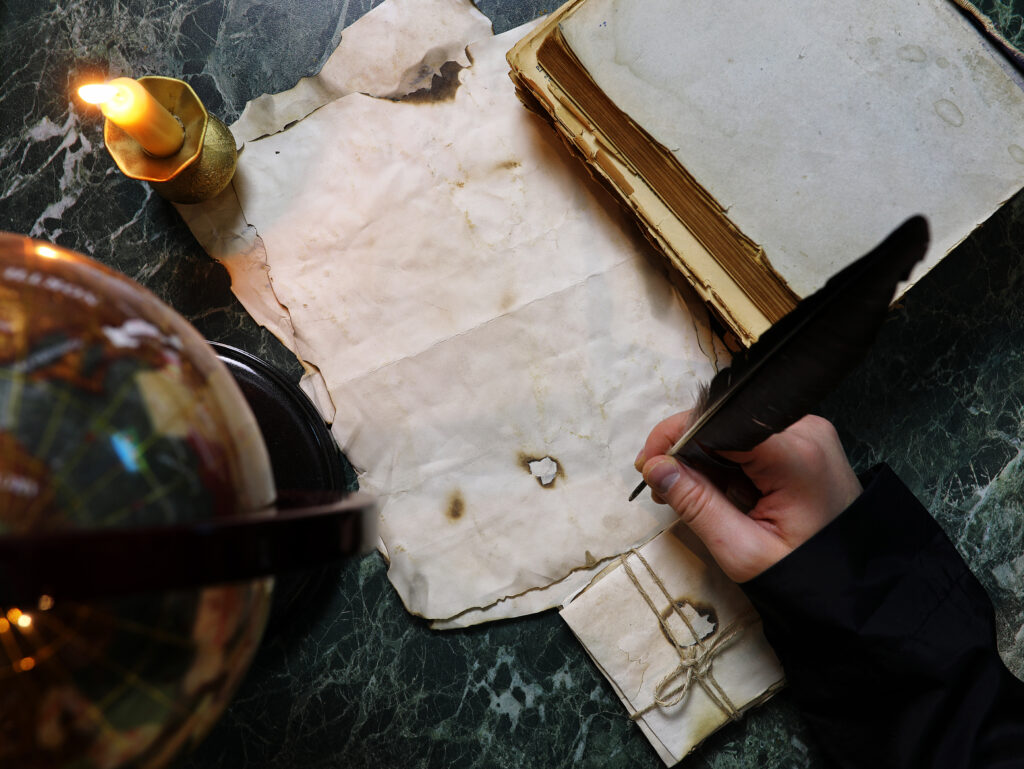
Unraveling the mysteries of the Voynich Manuscript requires a deep dive into its linguistic and structural elements. This enigmatic document showcases a unique writing system that has baffled scholars and cryptographers for centuries.
The linguistic analysis of the Voynich Manuscript involves studying the characters, grammar, and syntax used within its pages. It is believed to contain an unknown script, potentially an encoded language. Researchers have meticulously analyzed the recurring patterns, letter frequencies, and word formations in an attempt to decipher the meaning behind the text.
The structural analysis of the manuscript offers insights into its overall layout, illustrations, and organization. The Voynich Manuscript is filled with intricate and often puzzling illustrations, featuring botanical drawings, astronomical charts, and intriguing human figures. Scholars have pondered over the significance and symbolism of these images, seeking potential clues to unlock the manuscript’s secrets.
“The Voynich Manuscript presents a linguistic and structural enigma that continues to captivate researchers from various disciplines. The distinctive writing system and enigmatic imagery pose a challenge, yet they also hold the key to unraveling its hidden messages and profound meaning.” – Dr. Elizabeth Young, Linguistics Expert
The potential presence of hidden messages or patterns within the Voynich Manuscript adds another layer of intrigue to its study. Researchers have employed advanced computational techniques and statistical analysis to identify potential linguistic connections, recurring motifs, and potential cryptographic patterns. The quest to uncover these hidden elements has fueled ongoing research and debate among scholars.
The Unique Writing System
The Voynich Manuscript’s writing system remains an unsolved puzzle. The script is distinctive, with each character holding a unique shape and configuration. The absence of any known script or language to compare it with has made deciphering its text a formidable challenge.
Peculiar Illustrations and Symbols
The manuscript’s illustrations feature an array of subjects, including unidentified plants, celestial objects, intricate diagrams, and human-like figures. These intriguing drawings often accompany the text and provide additional context for interpretation. The precise meaning and symbolism behind these illustrations continue to spark debate among researchers.
The Voynich Manuscript represents an extraordinary linguistic and structural enigma, captivating researchers with its mysterious content and unknown purpose. As the quest for answers continues, linguistic and structural analysis remains crucial in untangling the hidden messages and unraveling the secrets of this enigmatic manuscript.
Historical Context and Cultural Connections
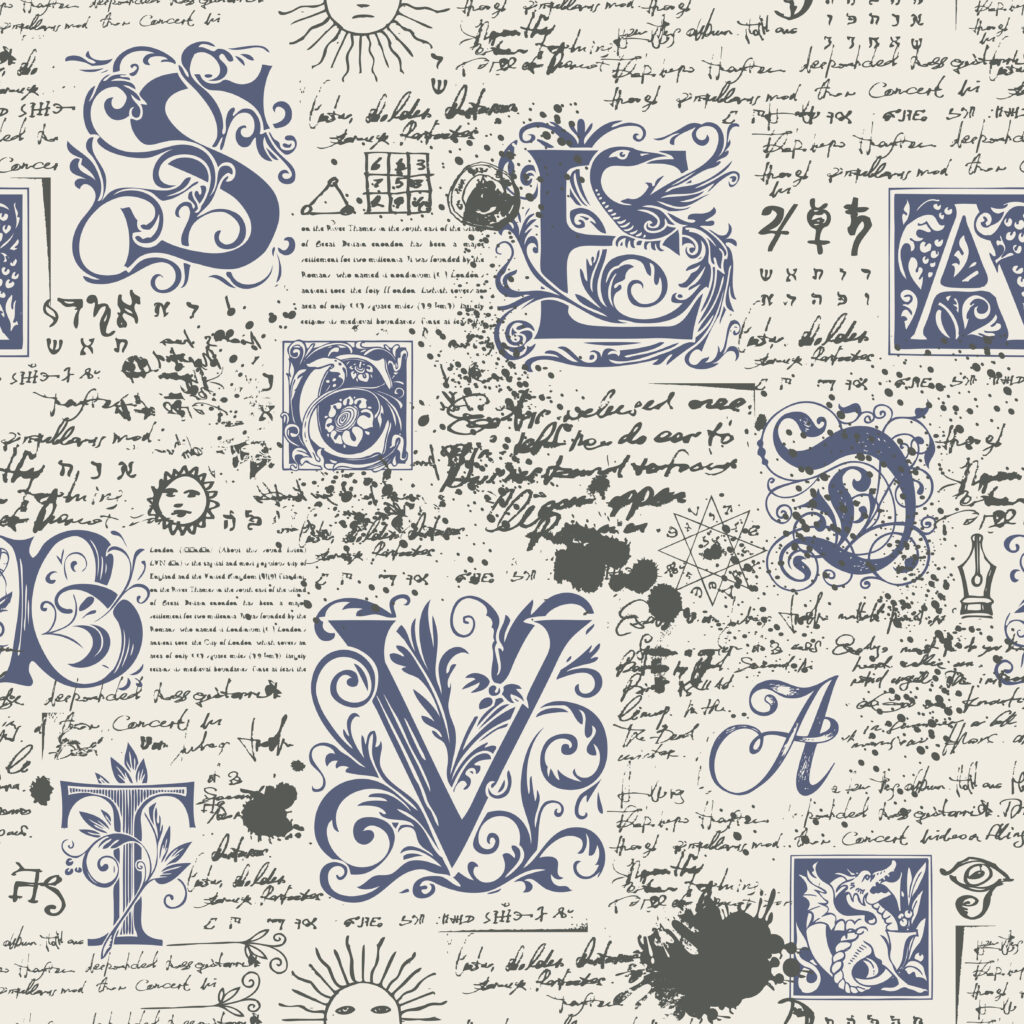
The Voynich Manuscript is not just a mysterious artifact; it is also a product of its historical context, reflecting the cultural milieu in which it was created. To better understand the enigmatic nature of this ancient text, it is crucial to consider the historical events and intellectual influences that shaped its content.
Scientific Advancements and Cultural Exchange
During the 15th and 16th centuries, Europe was experiencing a period of tremendous scientific progress known as the Renaissance. It was a time of profound curiosity and exploration, where scholars were actively exchanging knowledge and ideas across different regions.
This era witnessed the emergence of influential thinkers such as Leonardo da Vinci and Nicholas Copernicus, challenging traditional beliefs and paving the way for groundbreaking discoveries in various fields, including astronomy, mathematics, and natural sciences.
The Voynich Manuscript, with its intricate illustrations and scientific themes, may have been influenced by these scientific advancements and the intellectual climate of the time.
Religious and Occult Influences
Religion played a significant role in society during the medieval and early modern periods. Christianity, with its deeply ingrained beliefs and practices, shaped the worldview of individuals across Europe.
The Voynich Manuscript, with its potential references to Christian symbolism and mystical imagery, hints at a possible connection to religious ideologies and practices of that era.
Moreover, it is worth considering the influence of occult traditions and esoteric knowledge prevalent in the Renaissance period. Alchemy, astrology, and other mystical practices were gaining popularity among scholars, artists, and intellectuals, providing fertile ground for the creation of enigmatic texts like the Voynich Manuscript.
Cross-Cultural Exchange and Multilingualism
The Voynich Manuscript’s cultural connections are not limited to Europe alone. The manuscript’s content includes a diverse range of plants, astronomical illustrations, and possibly even ethnographic references, suggesting the possibility of cross-cultural exchange.
Explorers like Christopher Columbus and Marco Polo had already begun expanding Europe’s knowledge of other continents, bringing back a wealth of information about non-European cultures. This cross-cultural exchange likely influenced the creation of the Voynich Manuscript.
Contemporary Research and Digital Technologies
In the quest to unravel the secrets of the Voynich Manuscript, contemporary research and digital technologies have emerged as powerful tools in the hands of scholars. From the pages of this enigmatic text, they seek to extract meaning and uncover the truth hidden within.
The use of digital technologies has revolutionized the study of the Voynich Manuscript, providing researchers with new avenues for exploration. Through advancements in imaging and digitization, the delicate pages of this ancient manuscript can now be preserved and examined in greater detail than ever before.
Digital tools have enabled intricate analyses of the text, enabling experts to study the linguistic and structural aspects of the Voynich Manuscript. Algorithms and computational methods have been devised to investigate patterns, decipher its complex writing system, and discern potential hidden codes or messages.
New Insights through Computational Analysis
Computational analysis plays a pivotal role in deciphering the Voynich Manuscript, with cutting-edge techniques aiding scholars in making breakthroughs. By feeding the text into linguistic models and machine learning algorithms, researchers gain a deeper understanding of its underlying language and syntax.
This multidisciplinary approach, combining linguistics, data analysis, and computer science, allows researchers to uncover linguistic patterns and connections that were previously inaccessible. By analyzing statistical properties and recurrence of specific linguistic elements, they can discern potential clues and contextual information.
Visualizing the Unseen with Imaging Techniques
Utilizing advanced imaging techniques, researchers are now able to unveil hidden details within the Voynich Manuscript. Hyperspectral imaging, ultraviolet photography, and multispectral analysis offer insights into pigments, inks, and faded text that the naked eye cannot detect.
These state-of-the-art visualization methods provide a new perspective on the manuscript’s illustrations, botanical drawings, and mysterious symbols. Researchers can now examine fine details, cross-reference with known imagery from various cultures and historical periods, and speculate on the potential meanings behind these enigmatic depictions.
“Digital technologies have redefined the parameters of scientific inquiry, offering unprecedented opportunities to explore the secrets of the Voynich Manuscript. By harnessing computational power and employing cutting-edge imaging techniques, we are unraveling the mysteries of this ancient artefact like never before.” – Dr. Amelia Blackwood, Digital Manuscripts Specialist
Collaborative Endeavors and Open-Source Initiatives
The study of the Voynich Manuscript has become a collaborative effort, with researchers worldwide pooling their expertise and sharing insights. Open-source initiatives enable scholars to collaborate across disciplines, combining their findings and hypotheses to unlock the manuscript’s elusive content.
- Collaborative online platforms facilitate the exchange of information, analysis, and conjecture among experts, fostering a vibrant community dedicated to the pursuit of knowledge.
- Data repositories provide researchers with extensive datasets and digital resources related to the Voynich Manuscript, empowering them to conduct comprehensive studies and experiments.
- Crowdsourcing initiatives engage enthusiasts and citizen scientists in the deciphering process, encouraging a collective effort to crack the code.
The integration of digital technologies, computational analysis, and collaborative endeavors has propelled the contemporary research on the Voynich Manuscript to new heights. As scholars explore the implications of these advancements, the possibility of cracking the unbreakable code becomes increasingly tangible.
Theories and Speculations
The Voynich Manuscript has been the subject of numerous theories and speculations, each aiming to unravel the mysteries that shroud its origin, purpose, and content. Researchers and experts from various fields have dedicated themselves to decoding this enigmatic text, yet consensus remains elusive.
Prominent Hypotheses
1. Ancient Language: One popular theory suggests that the Voynich Manuscript is written in an unknown or lost ancient language. Linguistic experts and philologists have analyzed the manuscript’s unique writing system, searching for connections to known languages or decipherable patterns.
2. Encrypted Text: Another hypothesis proposes that the manuscript’s content is encrypted with a complex cryptographic system. Cryptographers have employed advanced algorithms and computational techniques to decipher the seemingly unintelligible text, hoping to unveil its hidden meaning.
“The Voynich Manuscript presents an intriguing challenge for cryptographers and linguists alike. The elusive nature of its text continues to captivate scholars worldwide.” – Dr. Elizabeth Brown, Cryptography Specialist
3. Herbal Medicine and Alchemy: Some scholars speculate that the manuscript may contain valuable knowledge related to herbal medicine and alchemical practices. The intricate illustrations of plants and mysterious symbols throughout the manuscript support this hypothesis.
4. Extraterrestrial Communication: A more controversial theory suggests that the Voynich Manuscript is a message from extraterrestrial beings. Proponents of this hypothesis argue that the manuscript’s unconventional language and depictions may represent a form of extraterrestrial communication beyond human understanding.
Controversies and Challenges
Despite the wealth of theories and speculations, the Voynich Manuscript continues to defy complete decipherment. The controversies surrounding its interpretation further highlight the challenges faced by researchers.
1. Authenticity Debate: Some skeptics question the authenticity of the manuscript, raising doubts about its genuine age and origins. This debate adds an additional layer of complexity to the study and interpretation of the Voynich Manuscript.
2. Lack of Context: One of the major hurdles in deciphering the manuscript lies in the absence of a significant historical, cultural, or contextual framework. Without a clear understanding of the manuscript’s purpose or intended readership, interpretations remain speculative.
3. Limited Sample Size: The Voynich Manuscript represents a singular, isolated source, making it difficult to draw comparisons or gather substantial evidence from other similar texts. This limitation hampers the development of comprehensive theories.
The Enigma Persists
As ongoing research and advancements in linguistic analysis and cryptography shed new light on historical mysteries, the veil of the Voynich Manuscript remains largely intact. Theories and speculations continue to fuel scholarly debate and intrigue, but the ultimate secrets of this extraordinary document remain tantalizingly out of reach.
- Theories and speculations surrounding the Voynich Manuscript include hypotheses about its ancient language, encrypted text, herbal medicine and alchemy, and even extraterrestrial communication.
- Controversies regarding the manuscript’s origins and its lack of contextual information further complicate the decipherment process.
- Despite ongoing efforts, the Voynich Manuscript’s secrets remain unresolved, leaving it as one of history’s most enduring enigmas.
The Enduring Legacy of the Voynich Manuscript
As one of history’s most puzzling artifacts, the Voynich Manuscript continues to captivate scholars, historians, and enthusiasts alike. Its enduring legacy lies in its ability to transcend time and spark imagination. Both a linguistic and cryptographic enigma, this ancient document has left an indelible mark on literature, art, and the world of cryptography.
The enigmatic nature of the Voynich Manuscript has inspired countless works of literature, generating an enduring fascination among authors and readers. From novels and poems to plays and movies, its mysterious allure has become a muse for creative minds. Even today, centuries after its creation, the manuscript’s presence in popular culture is a testament to its lasting impact.
Artistic interpretations of the Voynich Manuscript’s enigmatic illustrations have adorned countless galleries and museums, showcasing its influence on the world of art. Artists from different eras have sought to capture the essence of its otherworldly imagery, further adding to the enduring legacy of this enigmatic masterpiece.
Moreover, the Voynich Manuscript’s unsolved cryptographic puzzle has made it a subject of intense interest for cryptographers and codebreakers around the world. Its complexity and the allure of decoding its secrets continue to inspire new generations of cryptography enthusiasts, fueling ongoing research and innovative approaches to breaking the unbreakable code.


